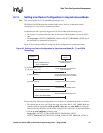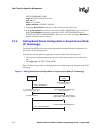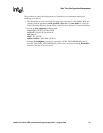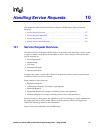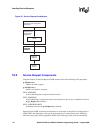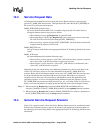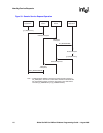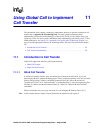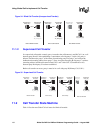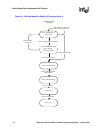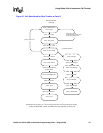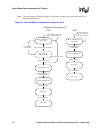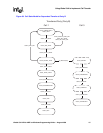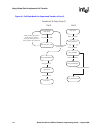
Global Call API for HMP on Windows Programming Guide — August 2006 131
11
11.Using Global Call to Implement
Call Transfer
The information in this chapter is technology independent, however it describes a method of call
transfer that is supported by IP technology only. For more specific information about
implementing call transfer on IP technology, see the Global Call IP for Host Media Processing
Technology Guide. For more specific information about implementing call transfer on E1, T1 and
ISDN technologies, see Section 3.5, “Advanced Call Control with Call Hold and Transfer”, on
page 64 and the appropriate Global Call Technology Guide. The topics discussed in this chapter
are:
• Introduction to Call Transfer . . . . . . . . . . . . . . . . . . . . . . . . . . . . . . . . . . . . . . . . . . . . . 131
• Call Transfer State Machine . . . . . . . . . . . . . . . . . . . . . . . . . . . . . . . . . . . . . . . . . . . . . 132
11.1 Introduction to Call Transfer
Global Call supports the following call transfer methods:
• Blind Call Transfer
• Supervised Call Transfer
11.1.1 Blind Call Transfer
In a blind call transfer scenario, party A transfers the call between A and B (Call 1) to a call
between party B and C without consulting party C. Party A places the primary call (Call 1) on hold,
directly dials the Party C address, and then disconnects from Call 1 before the second call
(Transferred-To Call, Call 2 - between B and C) is established. Party A may also request party B to
dial Party C's address and then disconnect from Call 1 after Call 2 between B and C has been
established.
Before call transfer can occur, party A must be in a call with party B (Primary Call, Call 1).
Note: In the scenario shown in Figure 34, party B initiates the transferred call to party C.



